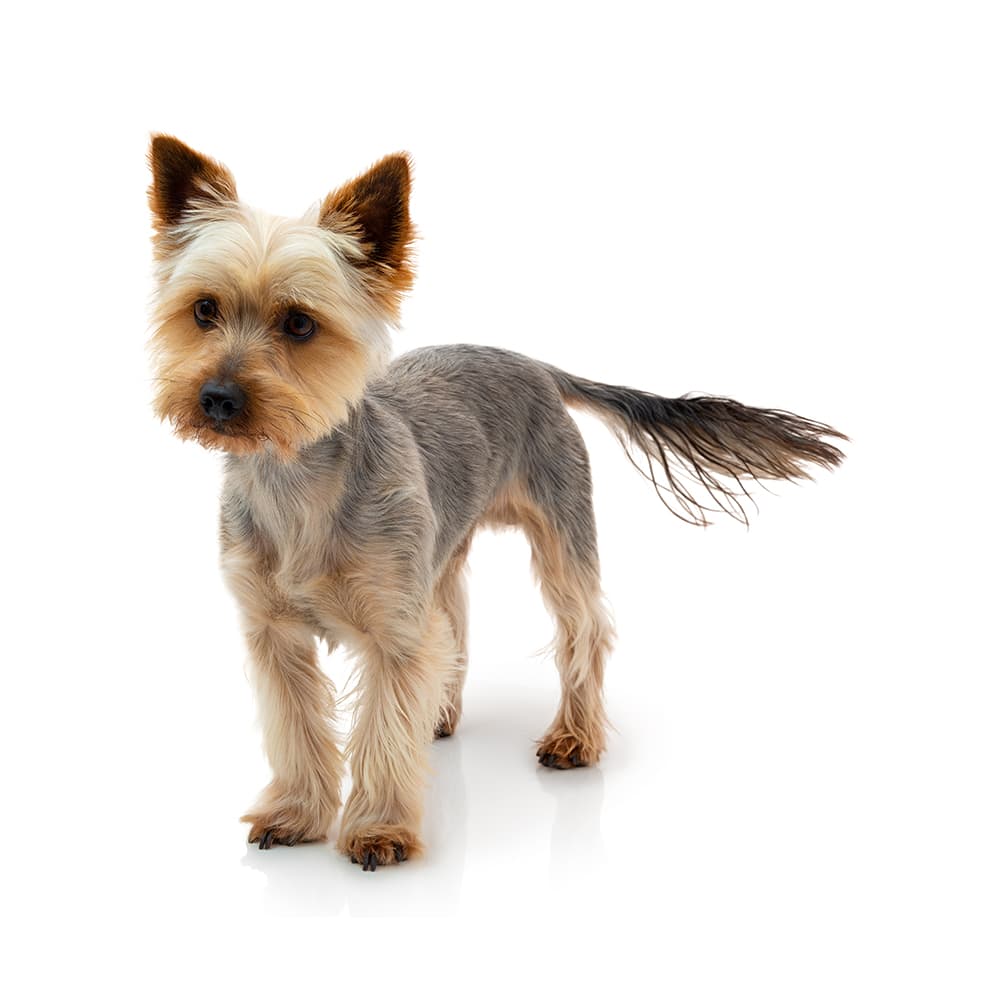Discover your dog's connection to this breed and 200+ others


Discover your dog's connection to this breed and 200+ others



The Silky Terrier, also known as the Australian Silky Terrier, is a small breed of dog that originated in Australia. Silky Terriers were originally bred in the late 19th and early 20th century as a companion and vermin hunting dog. They came about through selective breeding of imported Yorkshire Terriers and native Australian Terriers, resulting in a breed that shares attributes with both, but unique in its own right. They were initially known as Sydney Silky, a nod to their city of origin. Later, the breed's name was officially changed to Australian Silky Terrier.
Silky Terriers can suffer from patellar luxation, Legg-Calve-Perthes disease (LCPD), diabetes, epilepsy, allergies, tracheal collapse, and Cushing's disease. As for all breeds, genetic screening is recommended to assist veterinarians with diagnosis and proactive care, as well as help breeders identify affected and carrier dogs.
Silky Terriers are known for their lively, friendly, and confident personalities. They are highly intelligent, making them quick learners, but their independent streak can sometimes make training a challenge. They are also known for their bravery, often acting like they're much larger than they actually are. Their hunting roots make them curious and alert, often serving as effective watchdogs despite their small size. Early socialization and obedience training are important to ensure they grow into well-rounded and well-behaved dogs.
A canine genetic lineage is a group of individuals or entire breeds that descended from common ancestors predating modern breed formation. Often these lineages are associated with a ‘type’ of dog with a unique historical working role and associated behaviors (e.g., herding, scent hunting, etc.).
Terriers were bred to hunt pests like rats, foxes, and badgers. Terriers are tenacious and fearless with high energy levels, strong prey drive, and feisty temperaments which all help in their hunting abilities. Terriers were used as mighty hunters in both urban and rural settings. Terriers have natural hunting instincts and protective tendencies.
Example breeds with ancestry from this lineage include Jack Russell Terrier, Scottish Terrier, and Yorkshire Terrier.
Silky Terriers are often mistaken for their Yorkshire Terrier cousins due to their similar appearance. However, Silkies are generally larger and have a more robust, athletic build compared to Yorkies.
Despite their small size, Silky Terriers have a lot of energy and require regular exercise to stay happy and healthy.
Silky Terriers are often described as "big dogs in small packages" due to their fearless nature and high energy levels.
https://www.akc.org/dog-breeds/silky-terrier/
fci.be/en/nomenclature/AUSTRALIAN-SILKY-TERRIER-236.html
https://www.ukcdogs.com/silky-terrier
Recommended by top vets with decades of experience
21 breeds
64 genetic health markers
50 genetic trait markers
